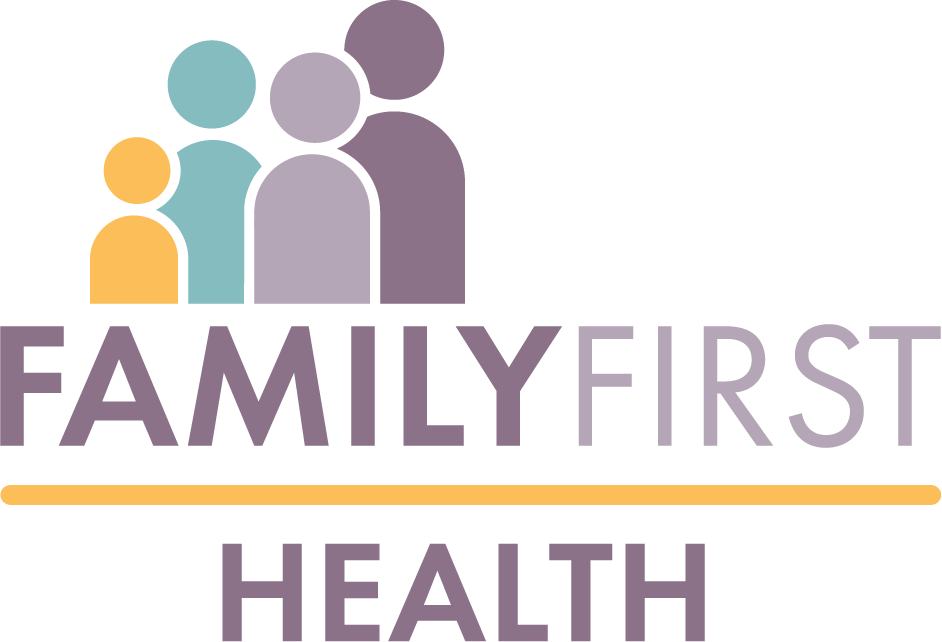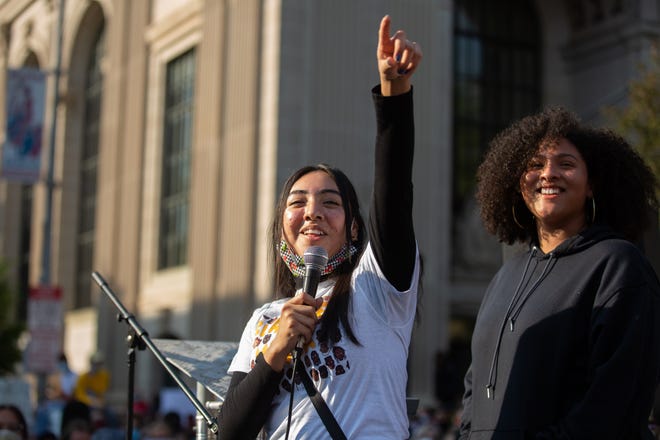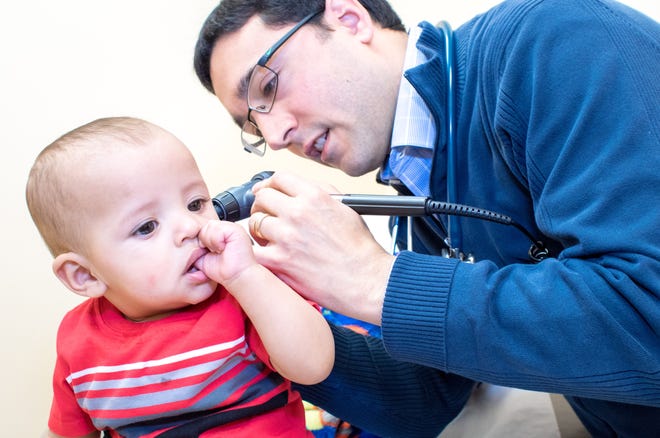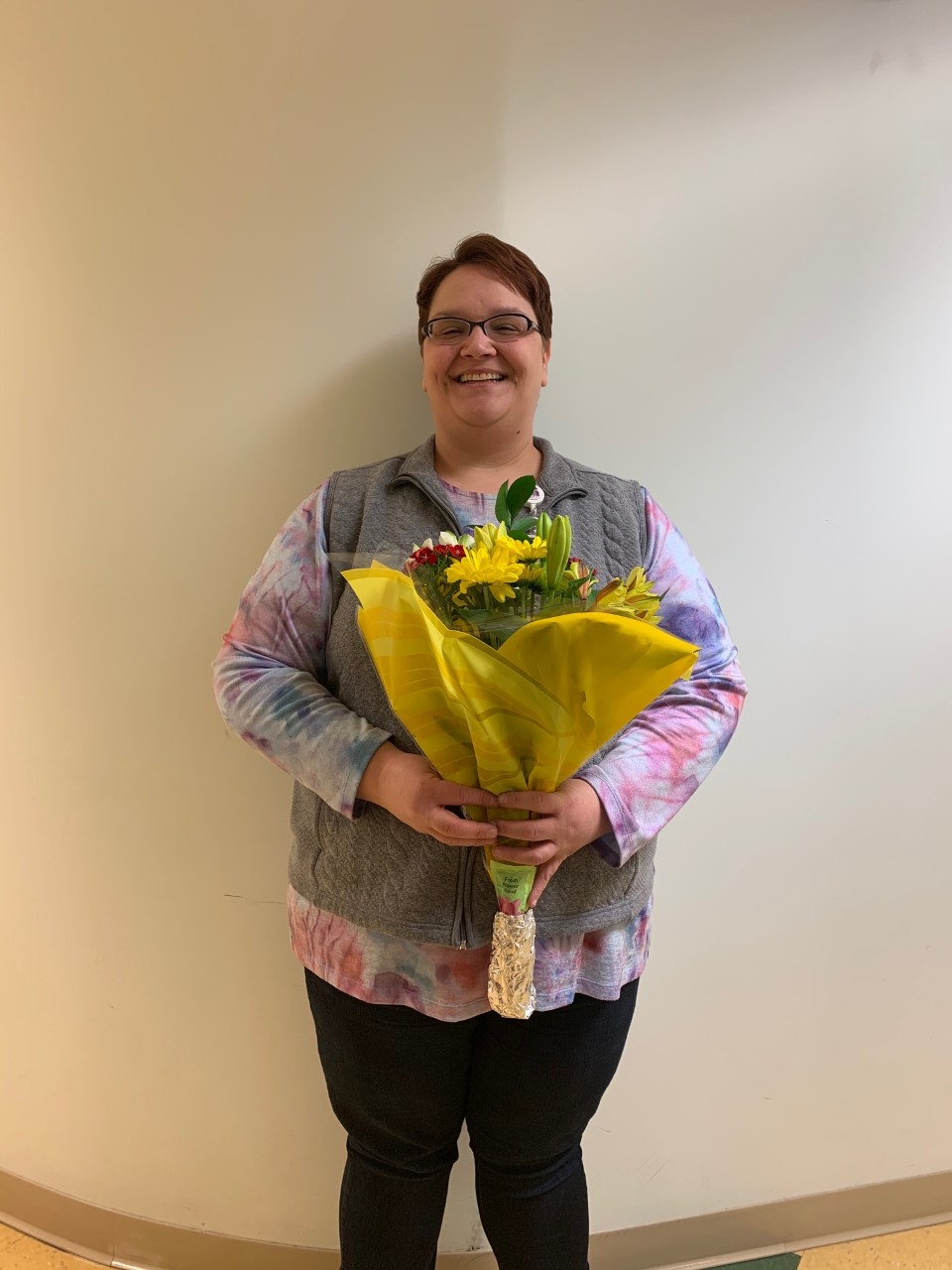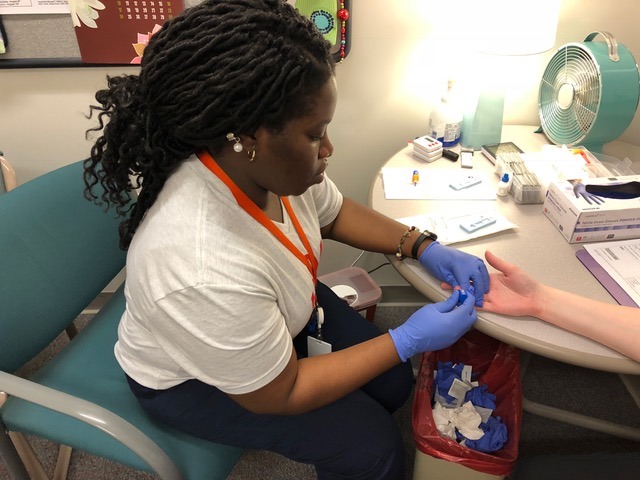YORK, Pa. (WHTM) — Looking to keep York County healthy, the Spanish-Multicultural Resource Center kicked off its York Healthy Neighbors mini summit on Monday.
Healthy food and drinks were available, plus blood pressure tests, and a chance to talk to health professionals.
Several businesses including Family First Health, Aetna, and Creative York also had representatives there to answer questions and hand out supplies to families.
The mini-summit runs until Wednesday afternoon. The event is set up on the sidewalk outside 426 South George Street. All visitors are asked to wear a mask.
Find the full article: https://www.abc27.com/news/local/york/summit-held-in-york-county-to-spread-healthy-living/
